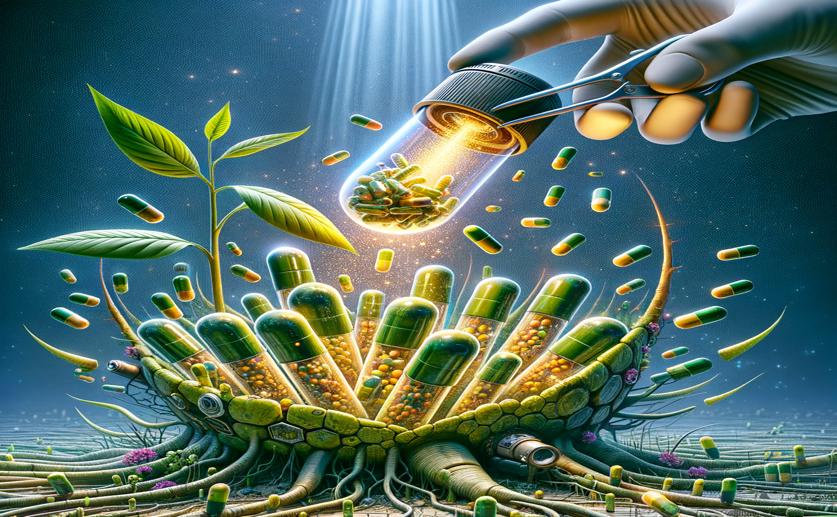
Unlocking Potential: Tiny Capsules from Plant Cells Show Promise
Jenn Hoskins
12th July, 2024

Image Source: Natural Science News, 2024
Key Findings
- Researchers at Yeditepe University studied extracellular vesicles (EVs) from Stevia rebaudiana and Vaccaria hispanica
- These plant cell suspension-derived EVs (PCSEVs) are spherical and less than 200 nm in size
- Stevia-derived EVs mainly contain proteins involved in extracellular structures, while Vaccaria-derived EVs have more cytosolic proteins
References
Main Study
1) Unveiling the potential: Extracellular vesicles from plant cell suspension cultures as a promising source.
Published 11th July, 2024
https://doi.org/10.1002/biof.2090
Related Studies
2) Minimal information for studies of extracellular vesicles (MISEV2023): From basic to advanced approaches.
3) Edible Ginger-derived Nano-lipids Loaded with Doxorubicin as a Novel Drug-delivery Approach for Colon Cancer Therapy.
4) Broccoli-Derived Nanoparticle Inhibits Mouse Colitis by Activating Dendritic Cell AMP-Activated Protein Kinase.



 14th May, 2024 | Greg Howard
14th May, 2024 | Greg Howard